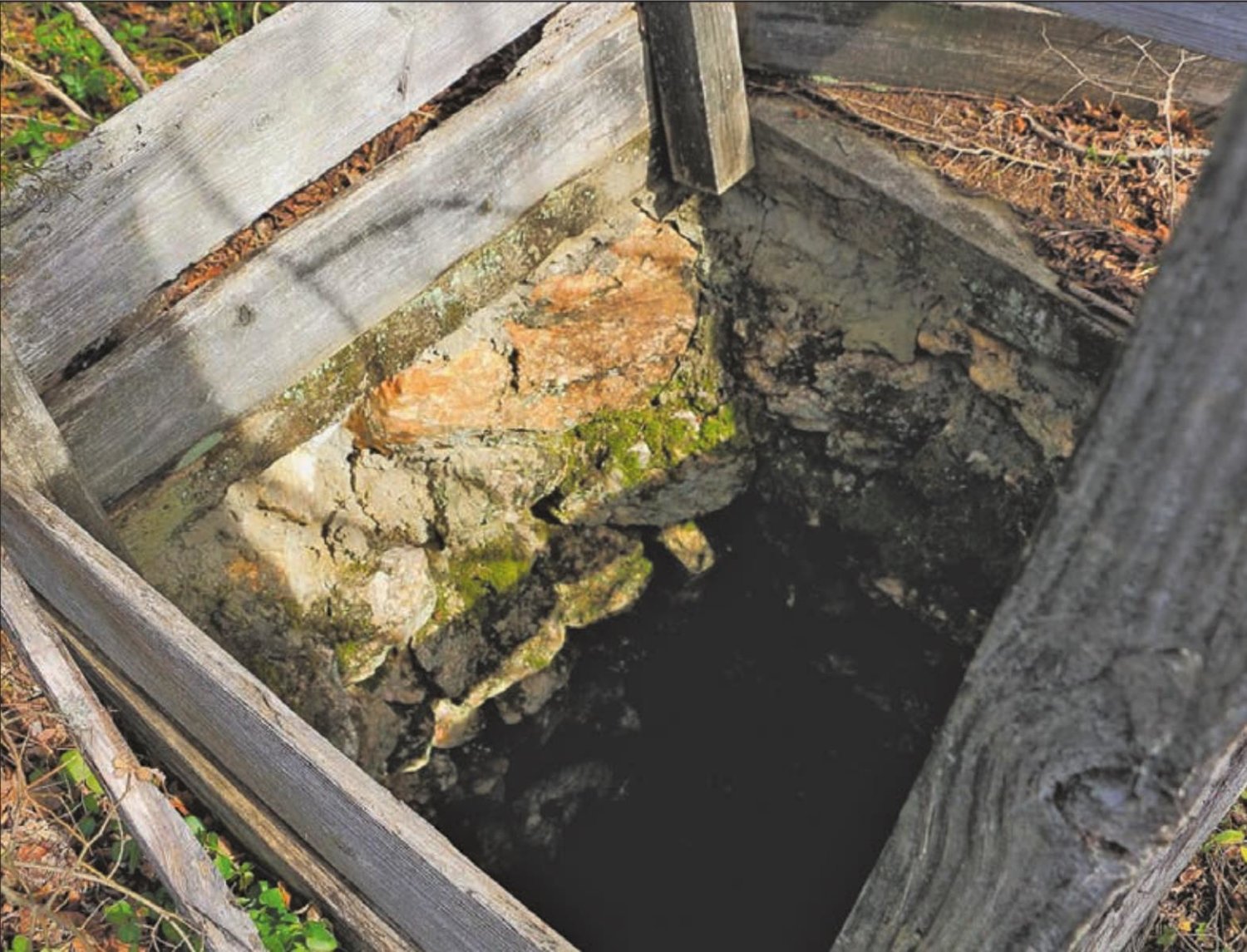Hauling up water
T he cold water hurt my teeth.
It didn’t come from a cooler, nor a faucet.
My grandparents cranked a windlass, lowering a bucket into a hand-dug well and hauling up water a dowser said …
This item is available in full to subscribers.
Subscribe to continue reading. Already a subscriber? Sign in
Get 50% of all subscriptions for a limited time. Subscribe today.
Please log in to continueNeed an account?
|
Hauling up water
The cold water hurt my teeth.
It didn’t come from a cooler, nor a faucet.
My grandparents cranked a windlass, lowering a bucket into a hand-dug well and hauling up water a dowser said was there.
Hand-dug wells and dowsers … erased by time. But the dowser was right. Water was there.
Well, memories live on. I recall hauling up water from Mother Earth. I drank cold water from an aluminum ladle, the old folks’ dipper. That shiny dipper seemed out of step with the wooden windlass, frayed rope, and dark water.
Seems to me a red-and-white enamel dipper preceded the aluminum dipper, and before that a gourd reigned as the great granddaddy of dippers.
I most remember staring at that dark circle of water with wonder. My cousins stared with wonder. The well made for a miraculous gathering place. From below came the water women turned into tea, lemonade, and coffee.
In the 1950s, I’d peer into Mom and Dad’s well. The sky’s blue light revealed glimmering ripples from the east. That seemed ominous, for a few hundred yards east sat a cemetery. Drinking remains carried zero appeal.
Of course, layers of earth filtered water coming from the cemetery had it entered our well. Were we or not drinking graveyard drippings? Perish the thought.
My back-road adventures bring me across an old well now and then. I greet them with reverence, awe, and fear. I peer into them, but I’m cautious. Get too close, and it might cave in.
All that depth could lead to my death, but curiosity killed the thirsty cat, so the writer leans over and photographs the well’s dark maw. I toss a rock in to hear the reverberating splash. Two seconds tell me the well drops 60 feet. Sounds right.
The men who dug these wells were brave. They were in dire straights, but they were not cowards. Digging downward they set poles in corners and built supports to protect against cave-ins. Rocks and tools sometimes fell upon them, but down they dug until that vein of water the water witch predicted bubbled up.
Two to three times a year I drive to Mom’s homesite. Just two things remain – Granddad’s country store, a hut for deer hunters now, and that old well, covered by a cheap fiberglass housing. No windlass, no bucket, no aluminum dipper, the one that went from shiny new to battered, dented, and misshapen, but how it slaked our thirst.
The years rolled on. Dams rose. Lakes backed up. Men built water plants with fluoride additives. “Look ma, no cavities.” PVC pipes came and invisible water found its way into homes. Windlasses gave way to pumps, and later machines drilled into earth and hand-dug wells found themselves abandoned.
“Watch out! Don’t fall into that hole.”
Today? Well, hand-dug wells sure are lonely. Just turn the faucet. Cold? Not like in wells but passable, and palatable.
Look at a home today and you see no evidence of a water source. No well. No windlass. To find proof of water’s source you’ll find a meter, sunk into the ground, but you won’t see any kids staring at it with wonder.
No, no matter how long you stare, you’ll come up empty. Except for the meter man.
Other items that may interest you










Comments
No comments on this item Please log in to comment by clicking here